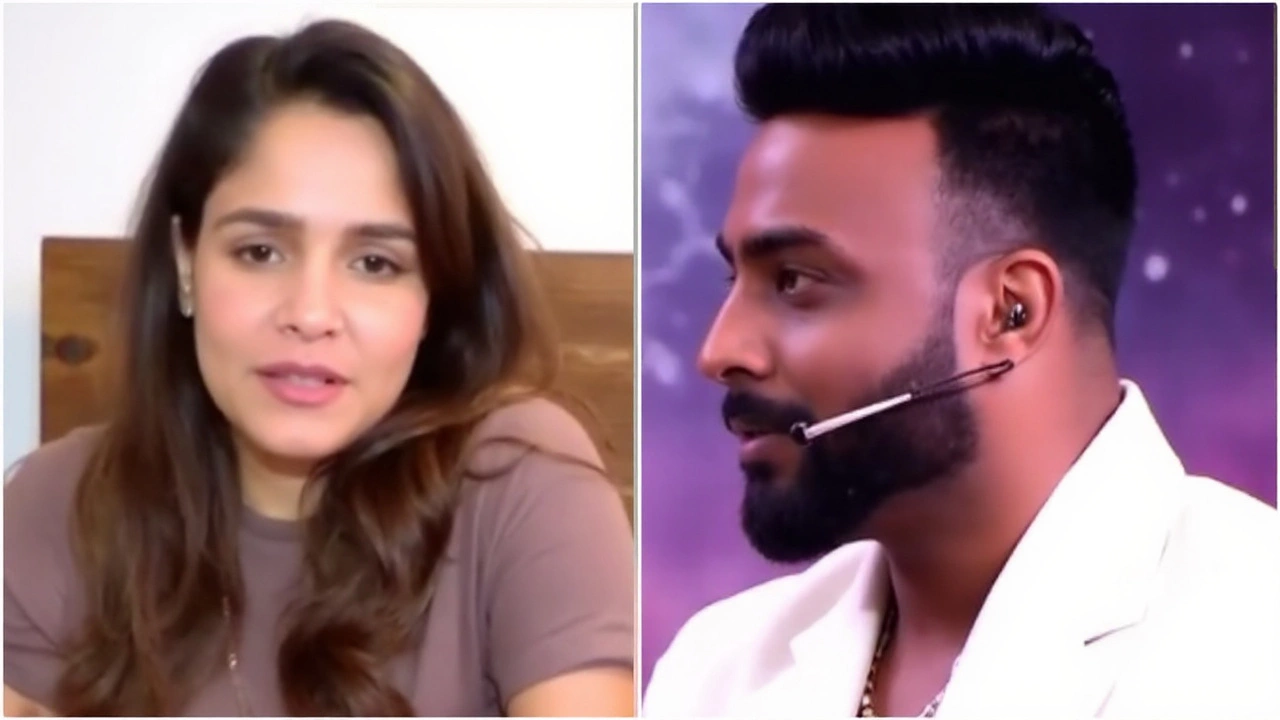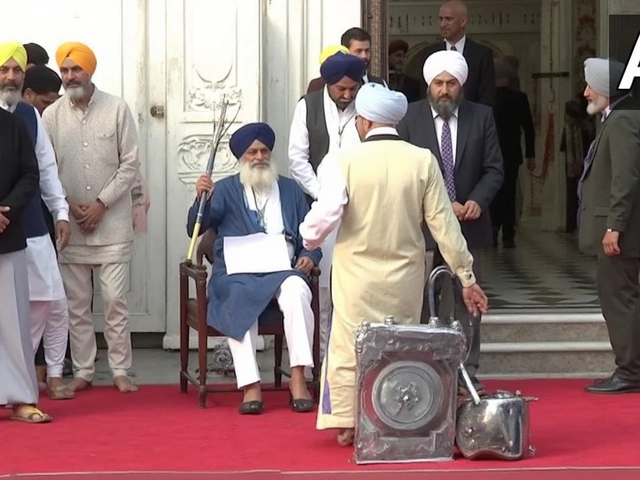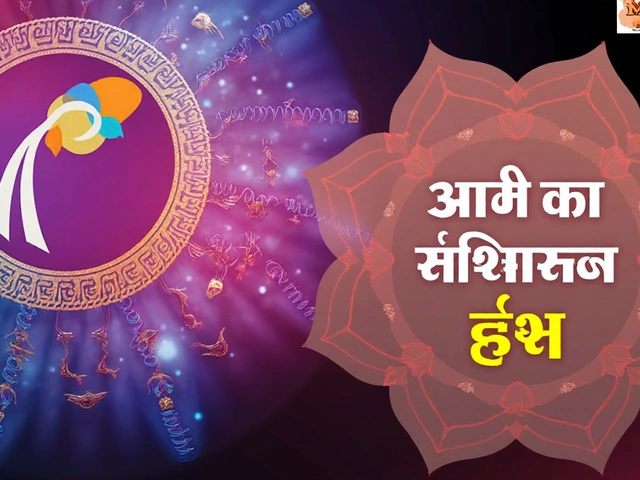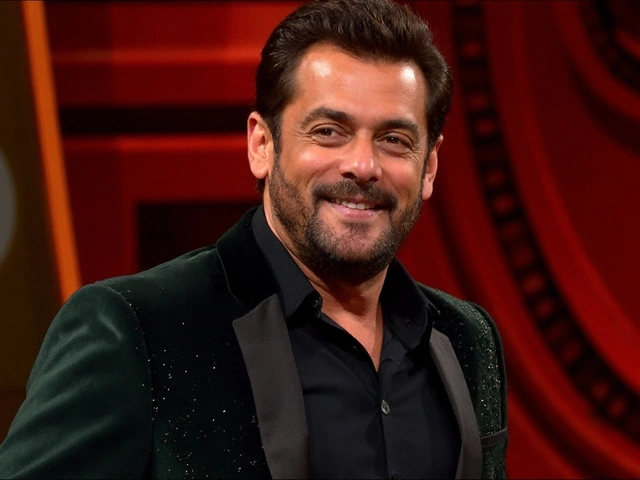The small-town creator who built a 6.1 billion–view audience is walking into India’s loudest house
Mridul Tiwari didn’t arrive with a film surname, a TV launchpad, or a label-backed PR blitz. He came from Etawah, a city off the usual entertainment map, bought a camera at 17 because he liked taking pictures, and turned that hobby into one of India’s most-watched homegrown comedy channels. Now the 24-year-old behind The MriDul is stepping into Bigg Boss 19, a move that shifts him from the safety of scripted skits to the chaos of round-the-clock reality TV.
If you’ve scrolled YouTube in India over the last few years, you’ve likely tripped over his videos. His debut upload in October 2018—Sister vs Girlfriend—picked up millions, but it was School Life in 2019 that blew the doors open. The format was simple: short, relatable skits about middle-class routines, told in Hindi and Haryanvi, with clean humor and a family feel. No glossy sets. No complicated arcs. Just the everyday comedy of siblings, nosy relatives, strict teachers, and tiny wins that feel big when you grow up in a regular home.
That tone stuck. The channel now sits north of 19 million subscribers and 6.1 billion total views. For YouTube India, those numbers aren’t just big—they’re top-tier. They put him in the same conversation as the country’s most bankable digital entertainers, the folks who turn a camera, a small crew, and homespun scripts into nationwide fandom.
There’s a family spine to the work. His sister Pragati Tiwari—herself an actor-influencer—shows up often on camera, blending the line between home and set. Their dynamic is part of the appeal. You see the in-jokes, the sibling pulls and pushes, and you recognize your own kitchen table in the way they talk to each other. His parents, Raghvendra and Shashi, are frequently referenced in stories, and the overall vibe says, “We get this life because we live it.” That authenticity is hard to fake, and it’s one reason the views kept compounding after 2019.
Behind the scenes, his path wasn’t dramatic. He studied at Meerut University, kept making videos, learned what clicked, and doubled down. The early photography habit morphed into camera confidence. He got better at pacing a joke, framing scenes in real homes and streets, and letting performers speak like people actually speak. If you watch enough of his channel, you’ll notice recurring beats: a small problem lands, a clash brews, a soft moral or a gentle punchline closes the loop without preaching. It’s tidy storytelling built for repeat viewing.
With scale came the trophies. He picked up YouTube’s Gold Play Button in March 2020. Industry events started calling. He collected creator gongs, including nods such as Best Content Creator and a Global Trendsetter Award at the 2024 Influencer Impact Awards. There’s also recognition cited from the London Book of World Records. Awards don’t always matter to audiences, but they help brand managers write emails—and those emails make creators very real money.
On the money side, reports peg his annual income around Rs 3 crore from videos, partnerships, and campaigns, with an estimated net worth near Rs 5 crore. The mathematics isn’t mysterious. Plug a high-view channel into AdSense, add sponsors tied to youth and family segments, fold in Instagram deals—he has 4.4 million followers there—and you get a reliable seven-figure monthly runway in rupees. Factor in live event appearances, guest spots, and platform bonuses, and the numbers track with what the mid-to-top tier of Indian creators report off the record.
His lifestyle reads like many North Indian twenty-somethings who’ve made it online: a garage with a couple of prized wheels, a bike or two, time carved out for workouts, a pet that shows up in Stories, and an eye on newer cameras and mics. Nothing outlandish. Flash gets views, but consistency pays bills. He chose the latter.
So why Bigg Boss now? Reach. Television still takes a creator from “internet famous” to “your aunt knows who you are.” Salman Khan’s show is an amplifier and a stress test. It can vault personalities to household-name status, or it can sandpaper a carefully built image. When the cameras run 24/7, the gap between your scripted self and your real self closes fast. If you’ve made your name on polite conflicts and clean humor, the Bigg Boss house will ask a simple question: can you stay likable when everyone’s tired, hungry, and plotting?
His route in tells its own story. This year’s “Fans Ka Faisla” format pushed audience choice to the front, and he rode that wave straight to a finalist berth and then into the house. That matters. You’re not just walking in as a wildcard; you’re walking in with a measurable mandate. If your fanbase already understands how to click, vote, and trend, you start the season with oxygen most contestants can’t buy.
Creators have flexed inside the Bigg Boss universe before. The OTT seasons turned up the volume on digital-native contestants, and we’ve seen how a loyal online community can drive voting spikes on elimination nights. But the main show is a different animal: longer arc, broader demographic, tougher weekend grillings, and storylines that test patience. The nice-guy lane is hard to hold for months. If he manages it, that becomes the headline—“the internet’s decent dude stayed decent on national TV.” Brands love that storyline.
There’s a practical layer too. A Bigg Boss run changes the business deck. Rates go up if you survive halfway. Rates jump again if you make the final stretch. If you win, every phone rings for six months—ads, cameos, hostings, maybe a web series or a film cameo if the fit is right. The risk? If black-and-white online fans see a grayer, edgier version of you on TV, some drift. The reward? A bigger, more mainstream audience that recognizes you from the living room, not just the mobile screen.
What does his content say about how he’ll play? He likes structure. He prefers ensemble energy. He’s good at timing, reads cues from co-actors, and swerves away from ugly. That suggests he’ll try to mediate instead of provoke, ally with level-headed players, and save his spikes for moments that matter. The show’s edit favors clarity—if you’re consistent, the narrative finds you. If you flip daily, the audience shrugs.
Family will be watching closely. The Tiwaris are tight-knit, and his sister Pragati’s presence in his videos has built a second stabilizing pillar. That kind of home base helps during weekly reality-TV whiplash. On days when social media runs hot, the family’s instinct for calm—familiar to anyone who’s seen their on-screen banter—can keep a team from making rash public moves.
One thing to watch: language. His channel’s bilingual comfort in Hindi and Haryanvi has been a superpower online. On TV, that won’t just be flavor—it’ll be identity. It opens doors across the Hindi belt and parts of North India that see themselves in his characters. Add small-town pride to that mix, and you’ve got a voting bloc that swings late-week margins.
Another piece: viewers like growth. The audience doesn’t need perfection; it needs an arc. If he stumbles early, admits it, and course-corrects live, the vulnerability plays well. If he never stumbles, he’ll need standout moments: comic relief during a meltdown day, a task win that flips the house mood, or a face-off that shows steel without sliding into abuse. Bigg Boss rewards edge with empathy. Find both and you last.
The creator economy backstory matters here. India’s post-2016 internet boom minted a class of stars who didn’t need studios to back them. They learned to write, shoot, cut, publish, and market on their own. As CPMs rose and brands chased short-form and mid-form eyeballs, a career path opened that didn’t exist a decade ago. He’s the template: start with a camera, build a channel, turn family into a cast, keep the content safe for living rooms, and ride consistency until the numbers force TV to call you.
Still, television isn’t just a larger screen—it’s a different grammar. Edits are slower. Reactions breathe. Silence lands. In that space, character shows up. If you’re impatient, audiences notice. If you’re generous with time and attention, they notice that too. His calm, steady style online suggests patience, but the house is built to crack that calm. How he handles Week 3—when the novelty fades and the grind begins—will tell us more than the premiere.
There’s also the brand calculus. His audience skews family and youth, which fits FMCG, tech accessories, learning apps, budget fashion, and mobility brands. Bigg Boss delivers reach across metros and Tier-2/3 towns, exactly where those categories hunt. If his on-screen behavior stays sponsor-safe, he walks out with a bigger, more diverse deal sheet. If he leans into harsh fights, the internet pays attention, but some campaign briefs quietly go elsewhere.
For fans, the immediate task is simple: show up. The “Fans Ka Faisla” boost proves they can organize. Expect fan pages to push vote drives, trending tags during weekend episodes, and clip compilations on short-video platforms to frame narratives in his favor. Expect counter-fandoms to push back. That tug-of-war powers the show’s social layer, and creators—who understand algorithms better than most—usually play that field well.
For neutral viewers, the draw is different: will a YouTube-made star stay the same person without cuts? Will the guy who writes his own endings accept the messy ones reality TV loves? If he does, we’ll see more digital natives take this route. If not, creators may stick to OTT arenas where edits are kinder and seasons are shorter.
Right now, the scoreboard is simple. Age: 24. Origin: Etawah. Platform power: 19 million subscribers, billions of views. Accolades: multiple creator awards and marquee recognition. Income: reportedly in the multi-crore bracket. Community: family-led, sister-forward, audience-first. He walks in with momentum, a clean image, and a voting base that already knows how to move.
Bigg Boss doesn’t hand out straight lines. It builds cliffs and hands you a rope. The YouTuber who taught himself to frame a scene is about to live inside one. If he keeps the humor, picks his battles, and lets people see the off-script version of the person they think they know, he won’t just survive TV—he’ll expand it, and bring a chunk of the internet along for the ride.
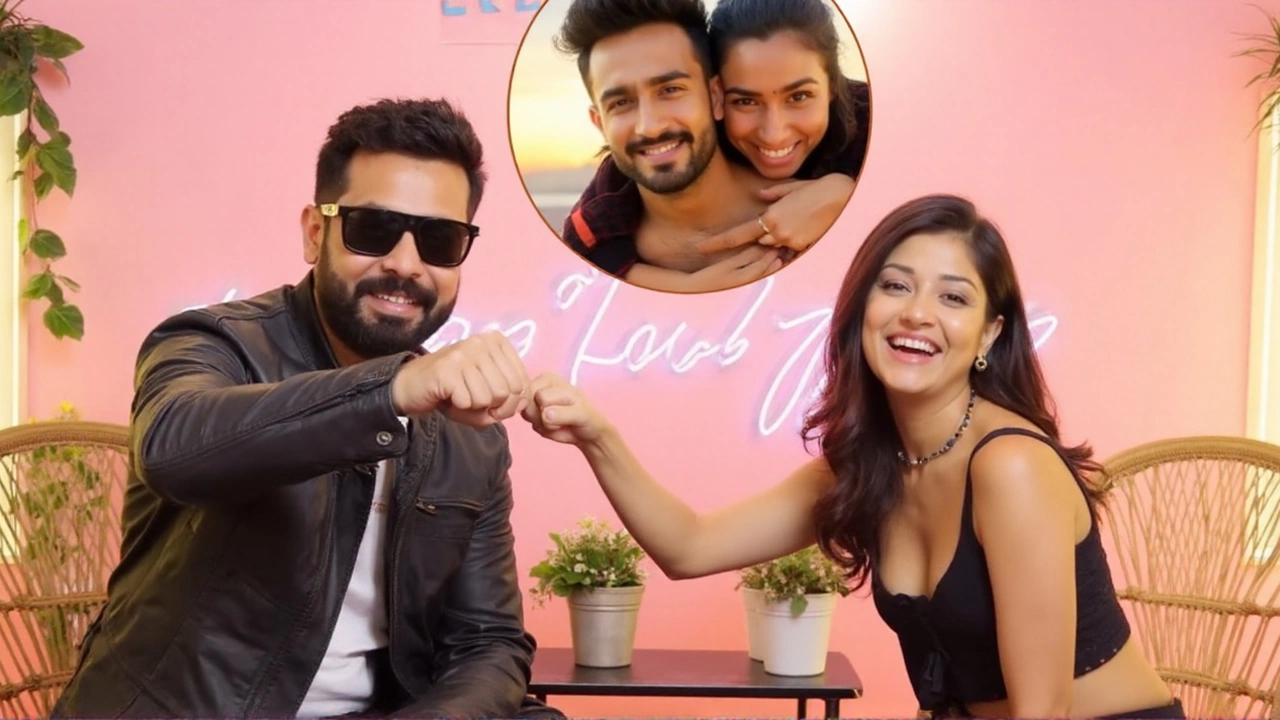
What to expect inside the house—and what it could change outside it
Week 1: introductions and light skirmishes. He’ll map alliances, read who’s performative, and pick a calm corner during blowups. If he cracks one house joke that lands across teams, it sets his tone as the guy who breaks tension. Week 2: early nominations. This is where creator fanbases matter; if he hits the block, expect a vote surge that quietly scares rivals. Week 3 onward: the grind. Tasks get rougher, tempers shorter. If he sticks to boundaries—firm, not foul—he starts to feel dependable on screen.
Watch the weekend sit-downs. Salman Khan often tests contestants who look too controlled, nudging them to show spine. He’ll need to defend himself without slipping into disrespect. That balance—speak up, stay grounded—is the line that decides who becomes mainstream-favorite versus internet-favorite.
Outside the house, team strategy shifts. His YouTube uploads may slow, but clipped throwbacks, best-of skits, and archives can keep the channel warm. Instagram and short-video edits keep discovery alive. Brand partners usually pause mid-season and return if the arc stays positive. If he lands a memorable task win or a humane stand during a heated moment, expect endorsement calls to spike the week after.
The personal footprint will widen too. Tier-2 and Tier-3 cities that already relate to his Haryanvi-Hindi banter will see more of him on TV than on phones. That translates to offline events, college fests, and mall shows—the old-school circuit digital stars often skip. It can be exhausting, but it cements recall beyond the algorithm.
There’s a cultural beat here as well. For a long time, big reality franchises leaned on TV actors, models, and a few headline-grabbing wildcards. As creators like him step in—with family-first storytelling and no agency-built mystique—the audience gets a different flavor of celebrity. Less polish, more proximity. If that plays, casting will tilt further toward the internet in the seasons ahead.
For now, the questions are straightforward. Can a clean-comedy creator hold the center in a show built on extremes? Can a home-shot storytelling style translate to a set where you can’t call “cut”? And can a fanbase that learned to smash like and share turn that habit into consistent, season-long votes?
He’s about to answer all of them, one episode at a time. The cameras are ready. So are the fans who helped put him there—with a decision that started online and, for the first time in his career, now belongs to the living room too.
